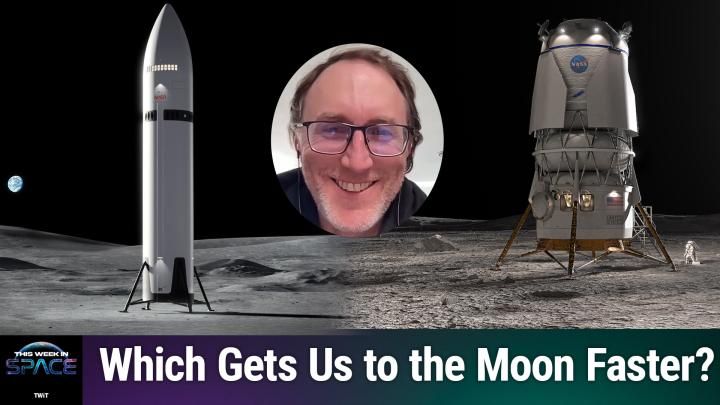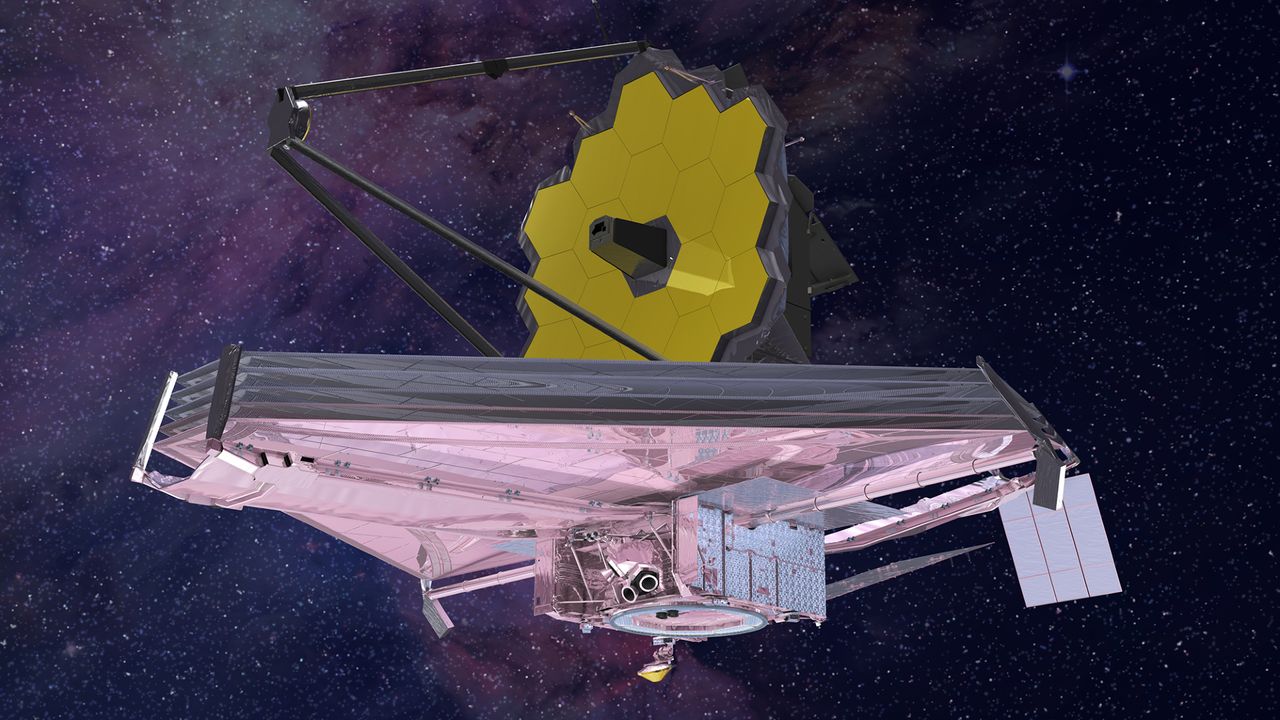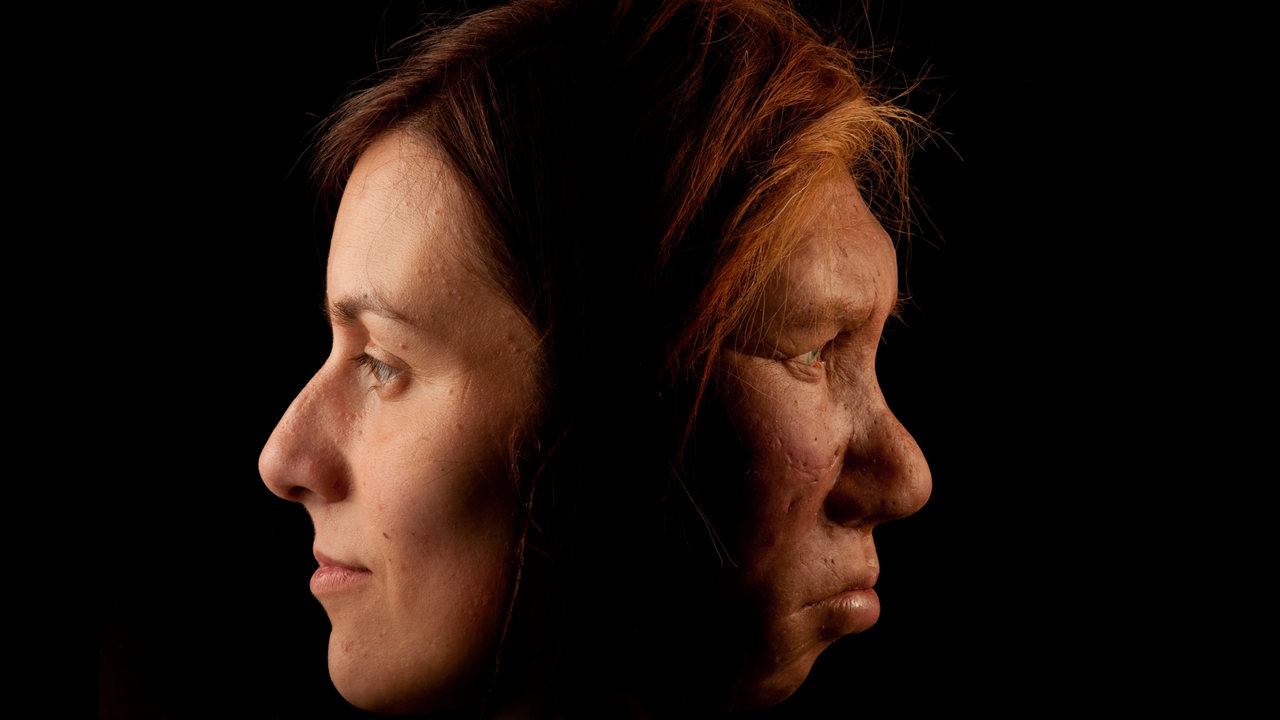Scientists discover 3 Earth-size exoplanets that may have double sunsets — like Tatooine in Star Wars
PositiveScience

Astronomers using NASA's TESS have made an exciting discovery of three Earth-size exoplanets orbiting binary stars, reminiscent of the fictional planet Tatooine from Star Wars. This finding is significant as it challenges existing theories about planetary formation and opens up new possibilities for understanding the universe. The unique arrangement of these planets could provide insights into how life might exist in such unusual environments, making it a thrilling development for both science and space enthusiasts.
— Curated by the World Pulse Now AI Editorial System







